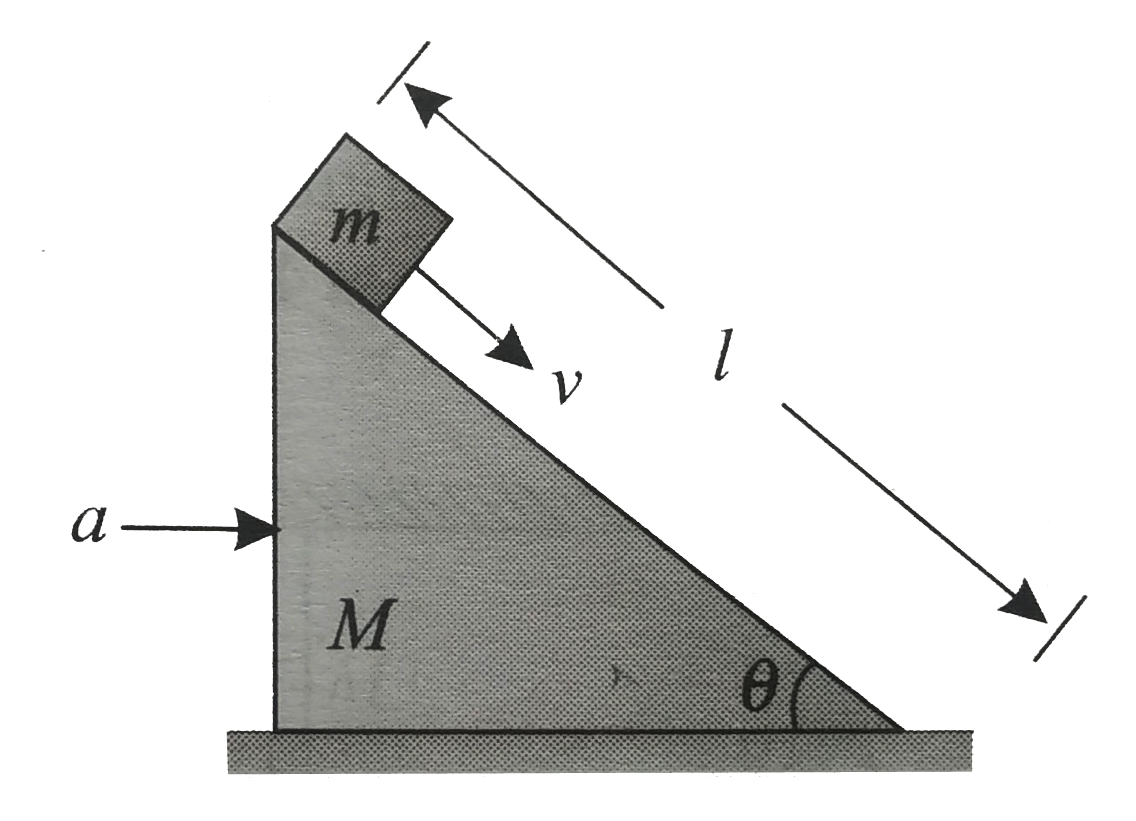From a point on the ground a particle is projected with initial velocity u, such that its horizontal range is maximum. The magnitude of average velocity during its ascent is
√5u2
√5u2√2
5u2√2
√2u√5
The correct Answer is:B
To find the magnitude of the average velocity during the ascent of a particle projected with initial velocity u at an angle that maximizes its horizontal range, we can follow these steps:
Step 1: Understand the conditions for maximum range
For a projectile launched from the ground, the angle that maximizes the horizontal range is θ=45∘.
Step 2: Calculate the time of flight
The time of flight T for a projectile launched at an angle θ is given by:
T=2usinθg
For θ=45∘, sin45∘=1√2:
T=2u⋅1√2g=u√2g
Step 3: Calculate the maximum height
The maximum height H reached by the projectile can be calculated using:
H=u2sin2θ2g
For θ=45∘:
H=u2⋅(1√2)22g=u2⋅122g=u24g
Step 4: Calculate the average velocity during ascent
The average velocity Vavg during the ascent is given by the formula:
Vavg=Total DisplacementTotal Time
During ascent, the total displacement is the maximum height H, and the time taken to reach this height is T2:
Vavg=HT/2=H⋅2T
Substituting the values of H and T:
Vavg=u24g⋅2u√2g=u22g⋅gu√2=u2√2
Step 5: Final Result
Thus, the magnitude of the average velocity during ascent is:
Vavg=u2√2
For a projectile launched from the ground, the angle that maximizes the horizontal range is θ=45∘.
The time of flight T for a projectile launched at an angle θ is given by:
T=2usinθg
For θ=45∘, sin45∘=1√2:
T=2u⋅1√2g=u√2g
The maximum height H reached by the projectile can be calculated using:
H=u2sin2θ2g
For θ=45∘:
H=u2⋅(1√2)22g=u2⋅122g=u24g
The average velocity Vavg during the ascent is given by the formula:
Vavg=Total DisplacementTotal Time
During ascent, the total displacement is the maximum height H, and the time taken to reach this height is T2:
Vavg=HT/2=H⋅2T
Substituting the values of H and T:
Vavg=u24g⋅2u√2g=u22g⋅gu√2=u2√2
Thus, the magnitude of the average velocity during ascent is:
Vavg=u2√2
Topper's Solved these Questions
- MOTION IN A PLANEBOOK - AAKASH SERIESCHAPTER - MOTION IN A PLANEEXERCISE - EXERCISE-2 (Horizontal projectile motion)
14 Videos
- MOTION IN A PLANEBOOK - AAKASH SERIESCHAPTER - MOTION IN A PLANEEXERCISE - EXERCISE-2 (Circular motion)
7 Videos
- MOTION IN A PLANEBOOK - AAKASH SERIESCHAPTER - MOTION IN A PLANEEXERCISE - EXERCISE-2 (A boat in a river)
7 Videos
- MAGNETISMBOOK - AAKASH SERIESCHAPTER - MAGNETISMEXERCISE - ADDITIONAL EXERCISE
22 Videos
- MOTION IN A PLANEBOOK - AAKASH SERIESCHAPTER - MOTION IN A PLANEEXERCISE - QUESTION FOR DESCRIPTIVE ANSWER
7 Videos
Similar Questions
A body is projected with velocity u such that in horizontal range and maximum vertical heights are same.The maximum height is
View SolutionA body is projected with velocity u such that in horizontal range and maximum vertical heights are samek.The maximum height is
View SolutionA particle is projected from the ground with velocity u making an angle θ with the horizontal. At half of its maximum heights,
View SolutionA particle is projected with velocity v at an angle θ aith horizontal. The average angle velocity of the particle from the point of projection to impact equals
View Solution
A smooth wedge of mass M is pushed with an acceleration a=>anθ and a block of mass m is projected down the slant with a velocity v relative to the wedge.
The horizontal force applied on the wedge is:
View SolutionA body is projected with a velocity 60ms−1at30∘ to horizontal . Its initial velocity vector is
View SolutionA body is projected with an initial Velocity 20 m/s at 60° to the horizontal. Its velocity after 1 sec is
View SolutionA body is projected with an initial Velocity 20 m/s at 60° to the horizontal. Its initial velocity vector is- (g=10 m/s2)
View SolutionA particle is projected from ground at angle 45∘ with initial velocity 20(√2)m/s. Find
(a) change in velocity,
(b) magnitude of average velocity in a time interval from t=0 to t=3s.
View SolutionA particle is projected with velocity u at angle θ with horizontal. Find the time when velocity vector is perpendicular to initial velocity vector.
View Solution
